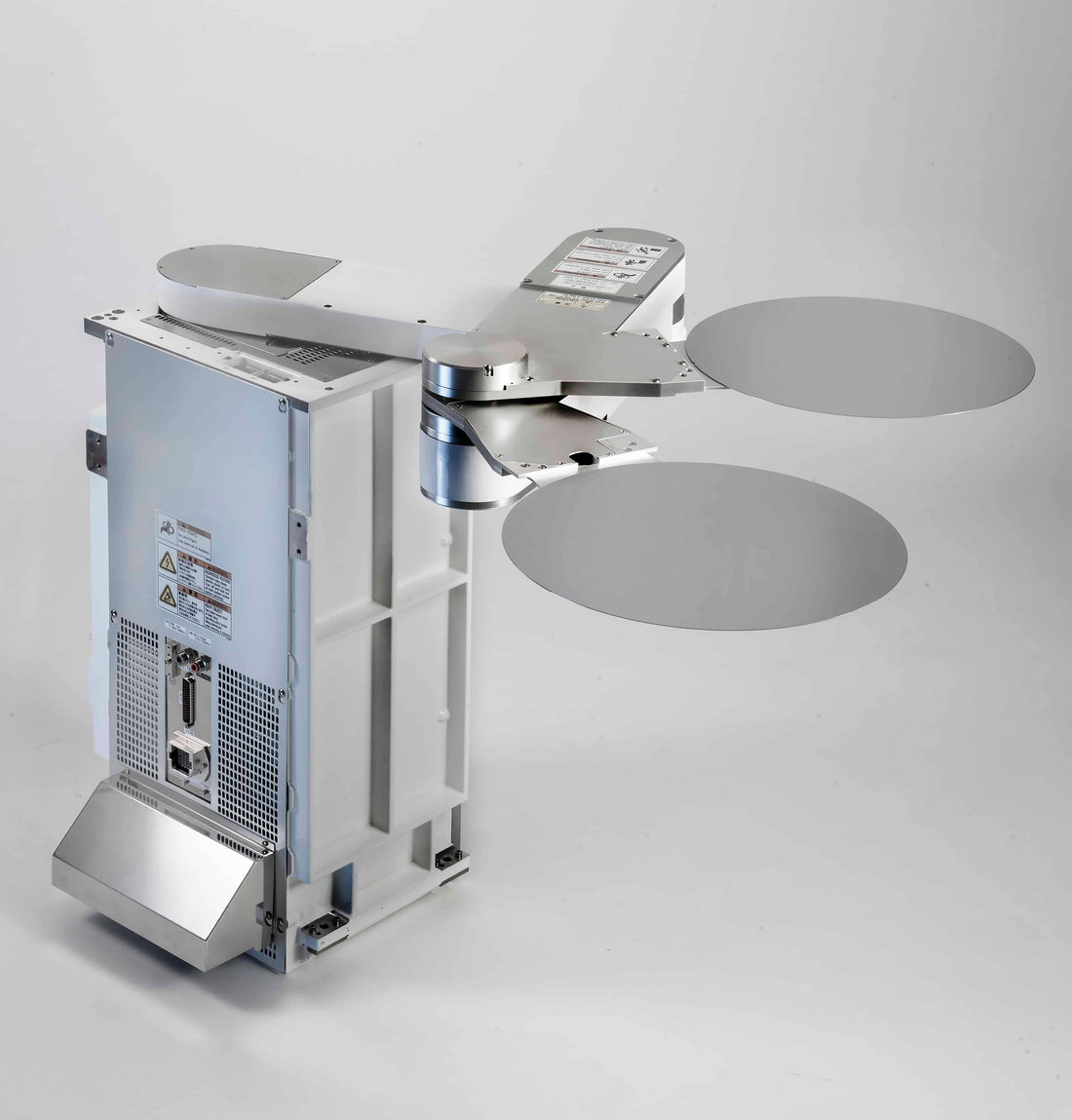
Find Out How Wafer Handling Robots Are Transforming the Semiconductor Industry
Share
![]()
Introduction
The semiconductor industry is at the forefront of technological innovation, powering everything from smartphones to advanced AI systems. Amid this progress, wafer handling robots industry have emerged as transformative tools, revolutionizing semiconductor manufacturing with their precision, efficiency, and versatility. For investors, these advancements represent a lucrative opportunity to tap into a growing market driven by cutting-edge technology and increasing demand.
Enhancing Precision in Semiconductor Manufacturing
Semiconductor manufacturing demands unparalleled precision, as even microscopic defects can compromise the functionality of microchips. Wafer handling robots address this challenge by handling delicate wafers with extraordinary care, minimizing risks of damage and contamination.
· Example in Action:
o Kawasaki’s Wafer Handling Robots: These high-performance robots automate the transfer of silicon wafers during the integrated circuit manufacturing process, handling 300 mm and 450 mm wafers with exceptional speed and accuracy.
· Investor Insight: Companies leveraging such automation technologies stand out in the competitive semiconductor market, ensuring higher yields and lower defect rates. This technological edge translates into greater profitability and scalability.
Streamlining Workflow Efficiency
Automation through wafer handling robots has revolutionized workflows in semiconductor production. By performing repetitive tasks with unmatched speed and precision, these robots significantly reduce production cycle times, increase throughput, and lower costs.
· Example in Action:
o KUKA’s KMR iiwa Robot: Unveiled at Automate 2023, this robot combines mobility and precision to transport wafer boxes and automate repetitive tasks, enabling seamless collaboration between humans and robots in manufacturing environments.
· Investor Insight: Streamlined workflows lead to improved operational efficiency, positioning manufacturers to meet growing market demands while maximizing return on investment (ROI).
Minimizing Contamination Risks
Contamination is a critical concern in semiconductor manufacturing. Wafer handling robots operate within controlled environments, significantly reducing the risk of particle contamination and safeguarding wafer integrity throughout production.
· Example in Action:
o Brooks Automation’s PreciseFlex Robots: These collaborative robots automate wafer handling in pristine environments, ensuring contamination-free processing and customizable configurations for diverse applications.
· Investor Insight: Companies adopting such technologies can deliver higher-quality products while reducing costly production delays caused by contamination, boosting customer trust and market share.
Versatility in Wafer Handling
The adaptability of wafer handling robots allows them to manage wafers of varying sizes and materials, catering to diverse manufacturing requirements.
· Example in Action:
o Yaskawa Electric’s SEMISTAR-GEKKO MD124D: This cleanroom robot achieves unparalleled positioning accuracy and vibration control, optimizing the transfer of 300 mm wafers and enhancing productivity.
· Investor Insight: The versatility of these robots allows manufacturers to pivot seamlessly across product lines and innovations, ensuring long-term adaptability in a fast-evolving market.
Cost-Efficiency and ROI
While wafer handling robots may require substantial initial investment, their long-term benefits far outweigh the costs. By automating delicate tasks and reducing reliance on manual labor, these robots lower operational expenses, minimize errors, and increase production consistency.
· Example in Action:
o Manufacturers utilizing wafer handling robots consistently report reduced labor costs, fewer defects, and shorter production timelines.
· Investor Insight: The enhanced productivity and quality assurance offered by these robots provide a strong ROI, making them a strategic asset for forward-thinking companies.
Conclusion
Wafer handling robots are reshaping the semiconductor industry by driving innovation in precision, efficiency, and contamination control. Their ability to streamline workflows, reduce costs, and deliver consistent high-quality results makes them indispensable in modern manufacturing.
As these technologies continue to evolve, their applications are expected to expand beyond the semiconductor sector, unlocking new opportunities in adjacent industries. For investors, the market for wafer handling robots represents a prime opportunity to invest in the future of manufacturing—a future defined by automation, precision, and innovation.
Capitalize on the semiconductor revolution by investing in the technologies powering tomorrow's innovations. Wafer handling robots are not just tools—they are the foundation of an industry poised for unprecedented growth.